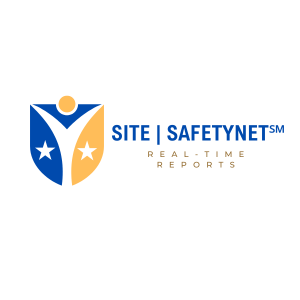 By Robert Jordan, Founder of SITE| SAFETYNET℠
By Robert Jordan, Founder of SITE| SAFETYNET℠
As part of my commitment to improving safety and security in educational and public environments, I feel compelled to address a recent legislative development in Arkansas that has sparked significant controversy and concern. On Wednesday, Arkansas Governor Asa Hutchinson signed HB 1249, an expanded concealed-carry bill that allows individuals with concealed-carry licenses to bring their firearms into a broader range of locations, including state institutions of higher education, stadiums, airports, and the Arkansas Capitol building.
Understanding HB 1249
Under HB 1249, residents who complete an additional eight hours of training will be permitted to carry concealed guns in the locations. This law marks a substantial shift from the current restrictions, which prohibit firearms in these sensitive areas. While the intent behind this bill may be to enhance personal safety, it has been met with considerable opposition.
Criticism of the Law
Critics of HB 1249, including myself, argue that allowing firearms in environments like stadiums is fraught with risk. Representative Greg Leding voiced a common concern, stating, “Sometimes people have a little bit to drink before they go to the game. I think it’s a dumb idea to introduce loaded weapons into that situation.” The potential for violence escalates in high-stress environments where emotions are high and alcohol consumption is common.
Legislative Amendments and Future Implications
The law is scheduled to take effect on September 1. However, there are efforts underway to amend it. The Arkansas Senate has already approved an exemption for stadiums with a 22-10 vote, and the bill now moves to the House of Representatives. This amendment highlights the ongoing debate and the recognition of potential dangers associated with the original bill.
Broader Context of Concealed Carry Laws
Arkansas is part of a broader trend of states expanding concealed carry permissions. Since 2021, states such as Alabama, Georgia, Indiana, Iowa, Montana, Ohio, Tennessee, Texas, and Utah have passed permitless carry laws. While these laws often aim to empower citizens to protect themselves, it’s crucial to consider the contexts and environments where firearms are being introduced.
Conclusion: A Call for Sensible Safety Measures
As we strive for safer environments, particularly in educational institutions and public spaces, it is essential to balance the right to personal protection with the collective safety of the community. Introducing firearms into high-risk environments, such as stadiums, without thorough consideration of the potential consequences can lead to unintended and tragic outcomes.
At SITE| SAFETYNET℠, we advocate for comprehensive safety assessments and practical measures that genuinely enhance security without compromising the safety of our communities. As this legislation unfolds, we hope to see more nuanced and carefully considered approaches to public safety.
For a detailed understanding of concealed carry laws and the permits issued by each state, please refer to our comprehensive guide: Concealed Carry Laws and Gun Permits Issued by State.
This article presents the critical issues surrounding HB 1249 in Arkansas from my perspective, aiming to inform and engage our audience about the implications of this legislation on public safety.

